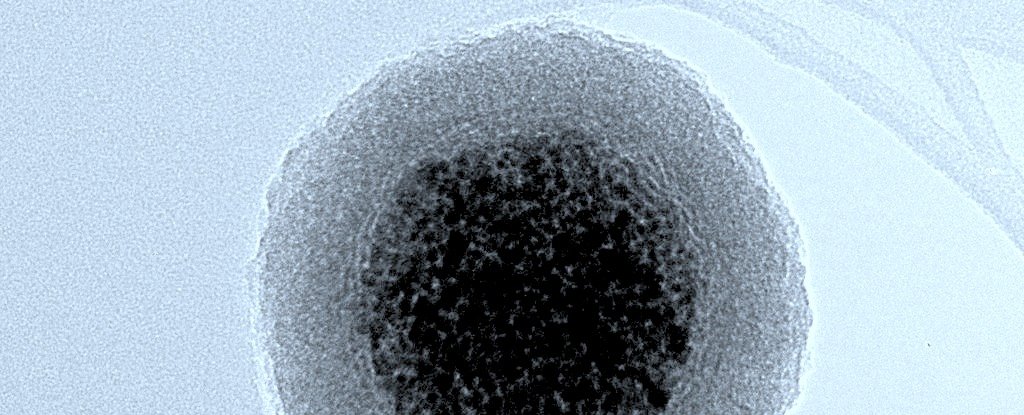Surprisingly, scientists have found that nanoparticles formed like poles and worms are significantly more powerful at going through cells and particular boundaries like the core than round ones.
This is enormous news for the advancement of new medication conveyance frameworks, since one of the principle battles for specialists in the field is getting drug-toting nanoparticles into the right part of the cell in any case.
"We could appear surprisingly that nanoparticles formed like poles and worms were more successful than round nanoparticles at navigating intracellular boundaries and this empowered them to get the distance into the core of the cell," says lead writer Elizabeth Hinde, from the University of New South Wales (UNSW) in Australia.
The group connected another fluorescent microscopy strategy to standard medication conveyance, which permitted them to track the development of nanoparticles of various shapes through a solitary tumor cell.
They were then ready to pinpoint where the medication was being discharged, and how it spread all through the cell.
"You have to know how things touch base at their last goal so as to target them there," says Hinde. "Presently we have an instrument to track this amazing adventure to the focal point of the cell. It implies other exploration gatherings can utilize this to survey their nanoparticles and medication conveyance frameworks."
"They'll have the capacity to work out how to tailor their particles to achieve the core or different structures in the cell, and gage where the payload is being dropped off. This wasn't conceivable before," she includes.
Yet, how about we venture back a bit and discuss nanoparticles. Nanoparticles are characterized as particles somewhere around 1 and 100 nanometres in distance across, and they're progressively being utilized to transport medications to particular territories of the body, murder malignancy cells, and permit specialists to picture the body.
The issue is, nanoparticles are not great. Albeit numerous nanoparticle innovations appear to be encouraging, some fall level on really making it into the right territory of the cell, since cells are quite confined and it can be difficult to arrive.
Hinde's group took a gander at four sorts of nanoparticle shapes: micelles and vesicles, which are two sorts of circles; and in addition bar and worm-molded nanoparticles.
At the point when the analysts utilized doxorubicin (a tumor drug) in the distinctive molded nanoparticles, the bar and worms inactively entered the core with no issues. The round ones, then again, were stuck outside the core.
Overcoming the atomic layer and into the core is critical for expanding the poisonous quality of malignancy cells, so bars and worms proved to be the best.
"Malignancy cells have diverse inside design than sound cells," says Hinde.
"In the event that we can tweak the measurements of these bar molded nanoparticles, so they just go through the cell obstructions in tumor cells and not beneficial ones, we can diminish a portion of the symptoms of chemotherapies."
The specialists aren't simply wanting to utilize this on tumor medicates however - this new innovation can change the way we break down nanoparticles by and large.
"The effect for the field is gigantic," says Justin Gooding, one of the scientists from UNSW.
"It gives us the capacity to peer inside the cell, see what the particles are doing, and plan them to do precisely what we need them to do."
The best thing for the specialists is that this procedure can be performed utilizing current gear as a part of most labs - so no new machines are required.
"Furthermore, this isn't simply because of the magnifying lens, however the data and information we can remove from the new investigation strategies we've created," says Gooding.
"Individuals are going to see, all of a sudden, that they can get a wide range of new data about their particles."
We're eager to see where this will lead.
The examination has been distributed in Nature Nanotechnology.

Comments
Post a Comment